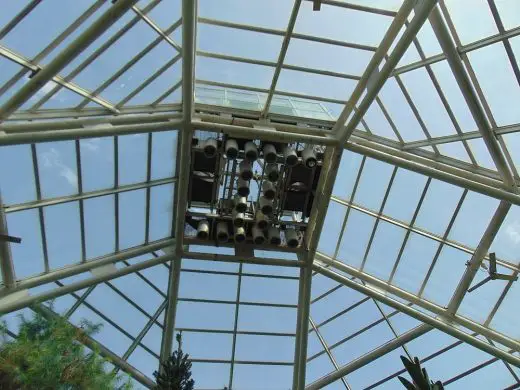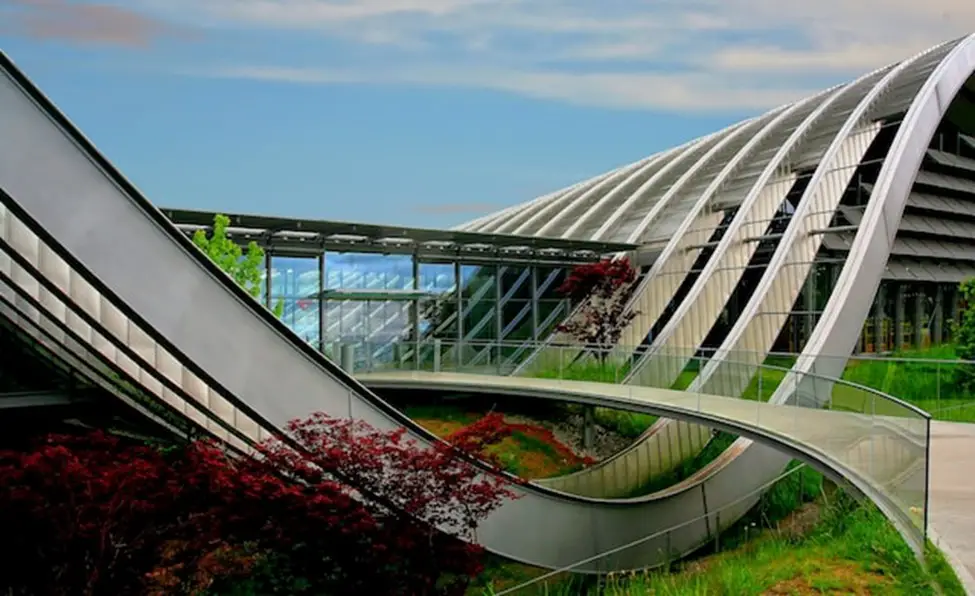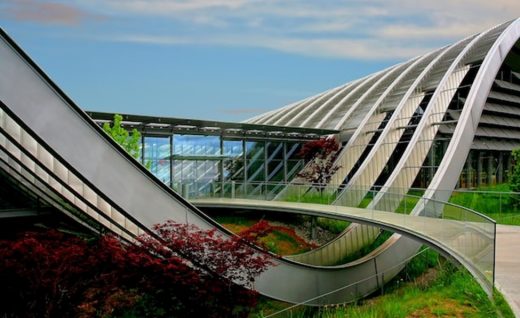5 vital principles of sustainable and luxurious architecture, Property design, Luxury buildings
5 Vital Principles of Sustainable and Luxurious Architecture Design
22 December 2022
Sustainable architecture has become an essential aspect of modern designs. And while upfront costs are a critical factor, less-sustainable designs lead to higher costs in the long-term. Typically, sustainable designs maximize the comfort and health of building occupants and minimize negative environmental impacts. By reducing waste and energy consumption, sustainable architecture enhances building performance. Here are some principles that guide sustainable architecture designs.
1. Building Sites and Land Use
Available land is a highly-limited resource, and traditional architecture models champion excessive resource use, which may not be necessary for healthy, sustainable societies. On the other hand, sustainable architecture seeks to minimize the utilization of undeveloped land. It’s essential to focus development activities in areas already under development. This creates high-density, compact living spaces with practical mixed-use environments to concentrate development.
Whether you are retrofitting a dated building or designing a new construction, the design must demonstrate sustainability. Similarly, the location, building orientation, and exterior design choices affect the ecosystem and practical amenities.
Instead of tearing down an existing building to pave the way for a new one, it’s best to retrofit the property and convert it into a modern design with minimal resource wastage. And if you’re thinking about selling a house after buying, sustainable renovation can add value to your property.
2. Energy Efficiency and Carbon Footprint
Sustainable architecture focuses on innovative ways to use available energy and minimize the carbon footprint. At the same time, the approach aims to replace a huge percentage of the energy used by capitalizing on renewable sources and eliminating fossil fuels.
Architects should choose materials that can lower energy consumption and provide superior comfort. While zero-energy architectural designs are almost impossible, the property should implement active systems that maximize energy use.
Typically, heating and cooling are among the biggest energy consumers in any building. When you minimize the need for heating and cooling, energy consumption and subsequent carbon footprint can be reduced. Passive designs establish the foundation for building energy-efficient homes. Measuring a building’s energy efficiency and determining the amount of energy required for daily operations is essential.
3. Recycled and Recyclable Building Materials
Maximum use of recyclable and recycled building materials is among the most vital principles in sustainable architecture. This may include using furniture and interior fixtures made from recycled materials and building with recycled steel.
Typically, sustainable architecture involves more than choosing environmentally-friendly materials. The basic goal is to ensure the building can be easily recycled when its lifespan lapses. Using recyclable and recycled materials ensures most materials can be broken down for other purposes rather than dumping them in landfills. While recycled materials are great for the ecosystem and environment, they can be repurposed to create high-quality and luxurious household products.
Most recyclables also have a lower price tag, making building projects more affordable for developers and designers. Since the materials are often high quality, the architect can design buildings that stand the test of time at a fraction of the cost.
4. Natural Ventilation and Lighting
Sustainable buildings often leverage natural ventilation, lighting, and heating when possible. This minimizes overall energy costs while ensuring the indoor environment is comfortable and healthy for the occupants.
Natural ventilation implements designs that use wind or stack effects for air circulation instead of using mechanical systems that rely on energy. On the other hand, natural lighting uses daylight to illuminate indoor spaces rather than electric lighting. You can also implement architectural designs that utilize the heat from the sun to warm the rooms by strategically positioning and painting specific rooms.
These strategies help minimize a building’s energy consumption to save costs and lower its carbon footprint. For instance, natural ventilation can significantly enhance indoor air quality, and natural lighting can improve productivity by eliminating distractive artificial lighting. As more developers gravitate towards sustainability, it’s essential to incorporate designs and systems that utilize energy-free ventilation, lighting, and heating.
5. Affordability and Wellbeing
A sustainable building doesn’t have to be unnecessarily expensive, although some technology requirements require upfront investments. Regardless, ensuring sustainability is a top priority in your budget leads to a practical, energy-efficient, and economical property that ensures long-term savings.
Typically, passive building designs with an insulated or airtight envelope ensure lower operation costs, justifying the initial costs of the building. Similarly, a minimalistic, simple, and practical floor plan reduces overall construction costs. This principle offsets most upfront investments like solar power systems, double glazing, and building materials that last longer with minimal repairs and maintenance needs.
Property owners and managers face the perpetual challenges of providing a safe living environment while ensuring low-impact maintenance tasks. However, architects, engineers, and contractors can collaborate to select and implement systems and materials that minimize maintenance requirements and streamline operational practices. Ideally, the principle aims to minimize energy, water, and toxic chemicals requirements within a facility.
5 vital principles of sustainable and luxurious architecture Endnote
Ultimately, integrating sustainable architecture and engineering can significantly impact ecosystems, the environment, and society. The sustainability principle is gaining traction since people in the modern world want a lifestyle that conserves the available resources for future use. Sustainable architecture can actualize this need and ensure future generations have a better world.
Comments on this guide to 5 vital principles of sustainable and luxurious architecture article are welcome.
Conservatory Design
Conservatory Posts
The benefits of conservatory roof replacement

How to Decorate Your Conservatory
How to seamlessly add a modern conservatory
Residential Property Articles
Residential Architecture
Comments / photos for the 5 vital principles of sustainable and luxurious architecture advice page welcome






